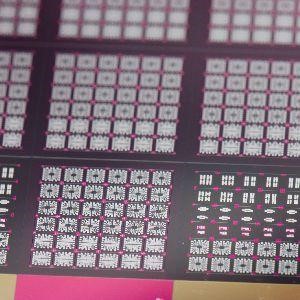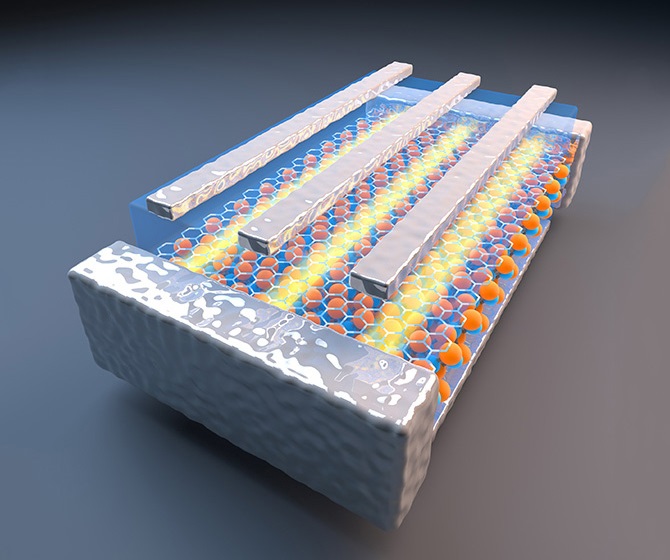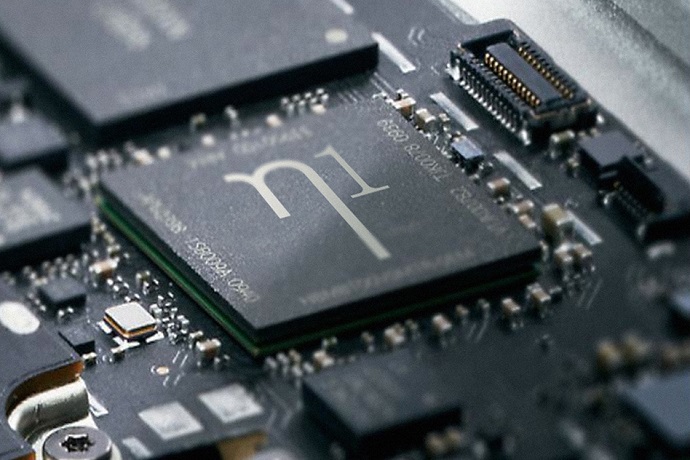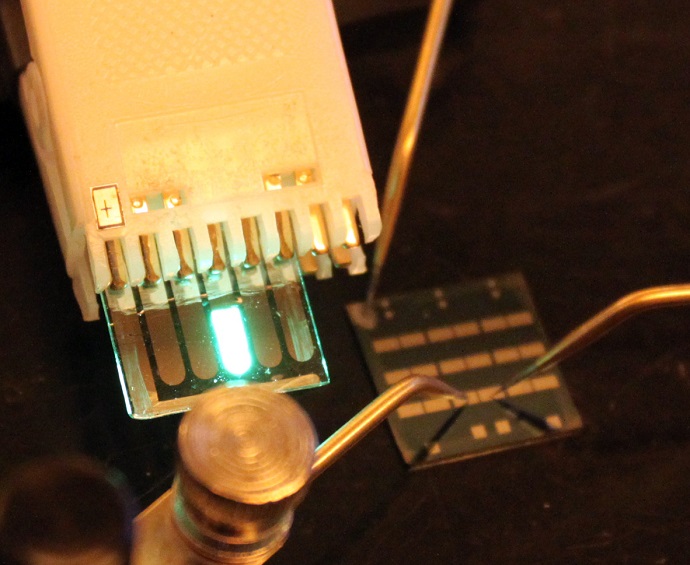22 June 2015
Through a study, published in the journal Nature Communications, physicists at Bath with international collaborators examined how ‘valley polarisarisation’ in silicon transistors affects how electronic spin is polarised.
By using unique technology to polarise valleys (which describe an aspect of how an electrons’ wavelength relates to its energy) in the steady state, they show, for the first time, that contrary to expectations, valley polarisation can make spin polarisation easier.
This work is expected to feed into the flurry of research into the development of valleytronics, which could be applied across technologies not least for quantum computing.
Valley degree of freedom
The science of valleys in silicon has a long history, and plays an important part in how fast silicon transistors and therefore all computers and all smart devices operate.
In conventional silicon transistors, valleys are seen as a nuisance as they reduce how fast electrons move without too much scattering (spending energy).
Similarly, in quantum-information oriented device research, valleys have been seen as a source of decoherence (whereby the quantum part of information is lost) – something that prevents qubits (quantum mechanical analogues of a bit) from maintaining their stored information.
Yet valleytronics, in contrast, aims to exploit valleys and turn them into an advantage and there have been recent theoretical proposals to do exactly this. In order to create silicon valleytronics technology however, scientists need first to become able to control it and fully understand how it interacts with the other degrees of freedom.
Lead author on the paper, Dr Kei Takashina from the Department of Physics explains: “The past couple of years have seen a flurry of research activity into the so-called ‘valley degree of freedom’ in recently discovered atomic layer materials, such the ‘wonder material’ graphene. This relates to how electrons behave, and is something also present in other electronic materials, most notably the most applied of all electronic materials – silicon.
“Our paper establishes the effect valley-polarisation has on spin polarisation in silicon transistors by using our unique capability to polarise valleys in the steady state. According to a simplistic way in which electrons are often thought about – that they move around independently of each other - it should become twice as difficult to polarise spins when valleys are polarised. In stark contrast, we find that at low enough electron density, it becomes easier to align their spin when valleys are frozen. This is a striking demonstration of how interactions between electrons lead to qualitatively new behaviour.
“We are finding out about fundamental aspects of electrons in silicon transistors. Since we can control valley polarisation electrically, harnessing how valley physics relate to spin physics may lead to new ways with which to develop silicon-based spintronics or interface complementary metal-oxide semiconductor (CMOS) technology with silicon-based quantum information processing.
In addition to contributing to technological progress towards silicon valleytronics, these latest findings shed light on a fundamental scientific question of “what is the nature of the two dimensional electronic system?” Scientists have known for some time that different phases exist depending on electron density, but here, the scientists say, that their findings suggest the existence of a new liquid state due to the stability afforded by valley-spin degeneracy.
According to the latest Research Excellence Framework 2014, 100 per cent of our research in this area was assessed for impact as either 'world-leading' or 'internationally excellent'.
To access the latest open access paper, 'Valley polarization assisted spin polarization in two dimensions', see http://www.nature.com/ncomms/2015/150601/ncomms8230/full/ncomms8230.html .















